| Sorted by date | |||
page175from Nordic Architects Writes
Alvar Aalto’s Worlfsburg Culture Centre,
1963
The
younger generation criticized Reima Pietilä especially sharply. Pietilä was one
of the central figures of the 1960s, building his prize-winning competition
entries. Aalto, who had become a national institution, was eventually left in
peace. The angry young men, as assistants at the University of Technology,
prevented the emerge
 ... more ... ... more ...
|
|||
|
|||
|
|
|||
page174from Nordic Architects Writes
Kaija and Heikki Siren’s Chapel in the
College of Technology Village, Otaniemi, 1957
young men did not, though, criticize the
programmes of the plans so much as the style, which they considered
anti-social. Aalto was accused of exclusiveness, Pietilä of subjectivity and
Revell of formalism. These accusations combined both aesthetic and social
moralizing in a verbalized pathos which was as powerful as the plastic
expression to which it was objecting. The alternative wa
|
|||
|
|||
|
|
|||
|
|||
|
|
|||
page172from Nordic Architects Writes
The
few civic buildings of the period were marked by an idealistic
unpretentiousness which did not, however, exclude artistic expression related
to the function of the building. All in all, it looked as though orthodox
functionalism had been developed in a more psychologically and geographically
successful direction. This picture was soon to be shattered, however. Why? Some
reasons may already be clear, though from the historian’s point of view we are
still very close to events.
Ideological labyrinths... more ...
|
|||
|
|||
|
|
|||
page171from Nordic Architects Writes
1974
Kirmo Mikkola
Architecture: Its Ideals and Reality
The architect today is clearly losing
status. There is a lack of confidence between him and society, and the
architect’s own self-confidence is shaky. The result is a deterioration in
motivation and professio... more ...
|
|||
|
|||
|
|
 ... ...
... ... ... ...
... ... ... ...
... ... ... ...
... ... ... ...
... ... ... ...
... ... ... ...
... ...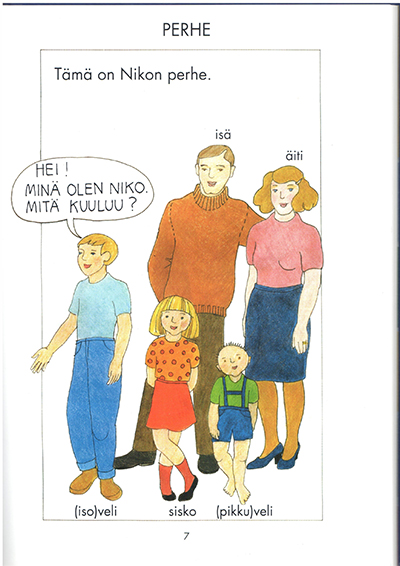 ... ...
... ... ... ...
... ...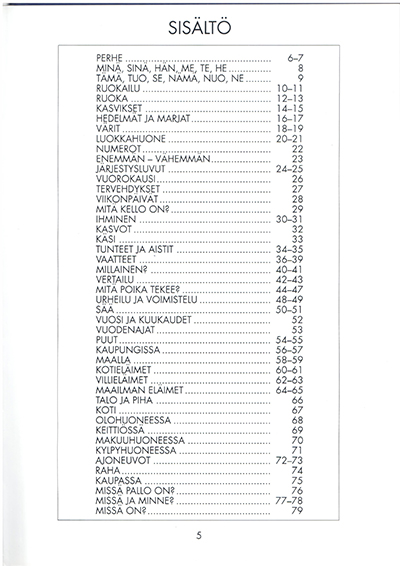 ... ...
... ... ... ...
... ... ... ...
... ...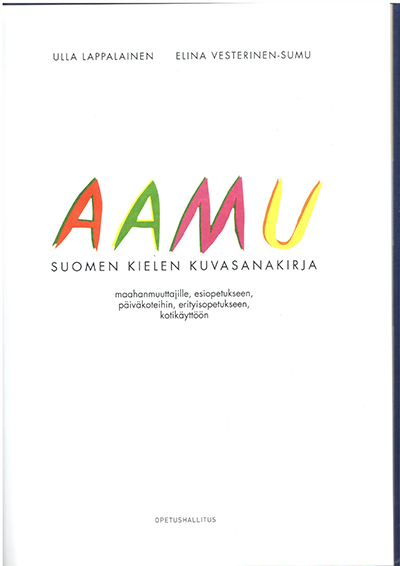 ... ...
... ...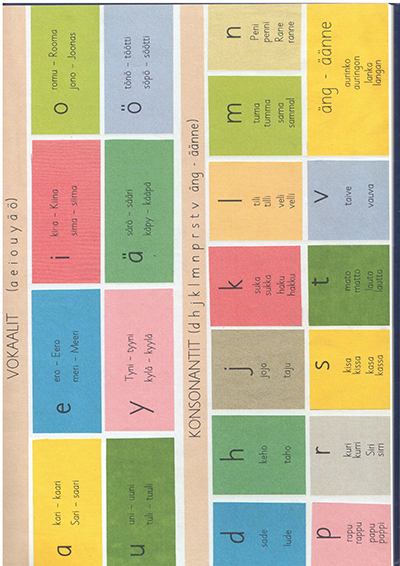 ... ...
... ...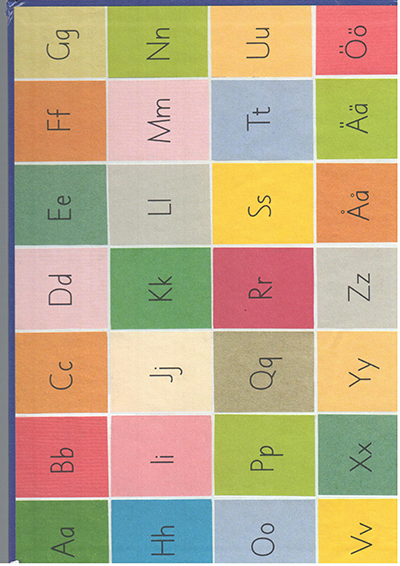 ... ...
... ...